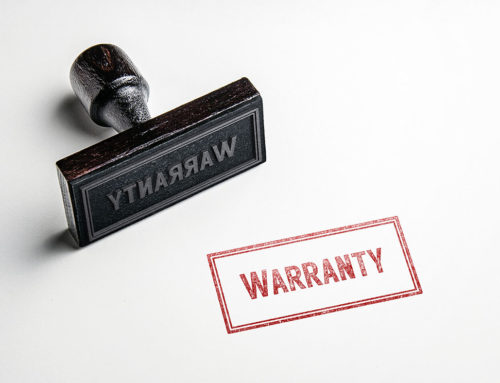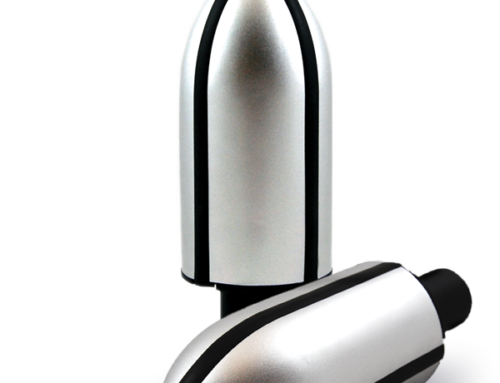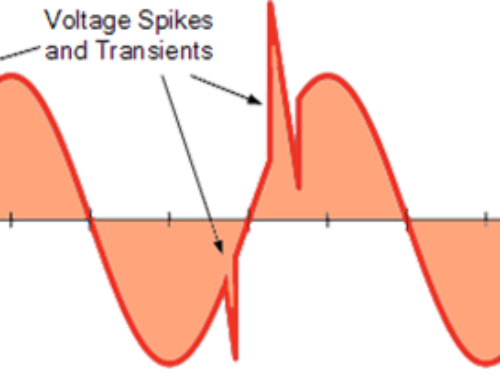The importance of Surge Protection Devices (SPD) when protecting an uninterruptible power supply (UPS)
“I have a UPS, why do I need an SPD?”
For over 15 years, this has been a common objection dealt with on a regular basis. Following are some facts about UPS systems and their susceptibility issues, as well as some comments from IEEE.
A UPS provides secondary or backup power in the event of loss of utility power.
A UPS protects electrical and electronic systems, process controllers, and data against the loss of the primary power source, which is the utility company.
Many UPSs incorporate relatively low energy and low pulse life Category A or B surge suppression.
This low energy built-in surge suppression may protect the UPS and its connected load from a limited number of small hits, but it should not be relied upon as a transient surge solution. The Institute of Electrical and Electronics Engineers (IEEE) recognized this problem that a networked Transient Voltage Surge Suppression device and UPS TVSS protection is required.
2 Types of UPS Systems
Rotary UPS
A rotary UPS has a motor connected to the primary power source which is used to turn an alternator that generates the AC output to power selected loads along with a battery bank.
Electronic or Static UPS
Electronic, or static, UPS relies upon inverters and rectifiers to generate the AC sine wave. It is supported by a bank of batteries to achieve the desired run times. Within this category, you find standby, line interactive and double conversion types of UPS
Transient Susceptibility of Uninterruptible Power Supplies
Protecting the Rotary UPS
Surge protection is recommended at the rotary UPS input to protect the motor windings, static switch, bypass path to the loads, and rectifier/charger and inverter when present. Additionally, protection at the output is recommended to protect sensitive loads from inductive transients developed in the generator inductance and/or inductive loads served by the rotary UPS as these loads are cycled on and off.
Protecting Electronic/Static UPS
AC-to-DC converters, the static bypass switches, and to a lesser extent the DC-to-AC inverters are all susceptible to transient damage and require surge protection. Electronic UPS devices contain transient susceptible electronic control circuitry that determines if the UPS should be delivering power from the DC-AC converter (batteries) or from the secondary AC source (utility power). Additionally, when in bypass mode due to maintenance or failure, the sensitive loads should be protected with a surge suppression device from transient disruption, degradation, or damage from transient appearing on the secondary AC source or utility power.
A UPS is designed to provide backup power when main power fails and provide low-level, minor transient protection. Significant surge events, such as a lightning strike, are beyond the capacity of a UPS to manage. The best way to divert this excess energy and dissipate its harmful effects is to do so before it gets to the UPS. All major surge events should be handled before reaching the UPS input side. Placing a surge suppressor in front of the UPS isolates it and its connected equipment from major surge events.
The IEEE Standard Section 9.11 states that networked SPD protection is needed and describes protecting a UPS with SPDs as follows:
- Service entrance protection “… A listed and properly rated TVSS should also be applied to each individual or set of electrical conductors (e.g. power, voice, data) penetrating any of the six sides forming a structure.”
- Premise electrical system lightning/surge protection “… it is recommended that additional SPD be applied to downstream electrical switch boards and panel boards if they support electronic load equipment.”
- UPS surge protection UPS surge protection: “Lightning and other transient voltage producing phenomena are harmful to most UPS equipment and to sensitive electronic load equipment (e.g. via an unprotected static-switch bypass around the UPS). Therefore, it is recommended practice that both the rectifier-charger input circuit to the UPS and the associated UPS bypass circuits (including the manual maintenance bypass circuit) be equipped with effective Category B TVSS protection as specified in IEEE Standard Section 9.11
IEEE standard assumes that a TVSS protection network is in place when discussing UPS surge and transient protection.
The requirement that the service entrance and downstream switchboards and panel boards are properly protected with TVSS is assumed to be met. Additionally, Category B TVSS protection is required for the rectifier-charger input circuit and the associated UPS bypass circuits.
Built-In Trasient Voltage Surge Suppression
Today, many UPS manufacturers provide low-level lightning and surge protection. A typical UPS designed to power a computer may claim the UPS passes ANSI/IEEE C62.41-2002 Category A and/or Category B test waveforms. In general, one would assume that the UPS survives these transients, since there is no pass or fail in the ANSI/IEEE C62.412002.
The adequacy of this built-in surge suppression to protect the connected load(s), the let-through voltages, the energy handling capability, and the number of hits of a given amplitude for the various transient waveforms that the built-in surge suppression will survive generally is not provided by the UPS manufacturer.
Our range of Surge Protectors are design to protect your equipment
and UPS investments
A Transient Voltage Surge Suppression unit placed in front of a UPS will protect the investment and its connected equipment. During UPS maintenance and downtime, the SPD will filter out transients and surges from the line thus protecting the connected computer equipment from damage. The UPS itself will benefit from fewer maintenance problems and less downtime.
The customer has already committed to keeping their facilities continually operational when investing in sensitive electronic equipment and a UPS. The additional investment in the SPD is minimal by comparison. When downtime can cost a company as much as $78,000 per hour (according to studies conducted and published by Computer Technology Review magazine), preventing even one downtime incident is significant.





